Confederations Cup: The stadiums
- Published
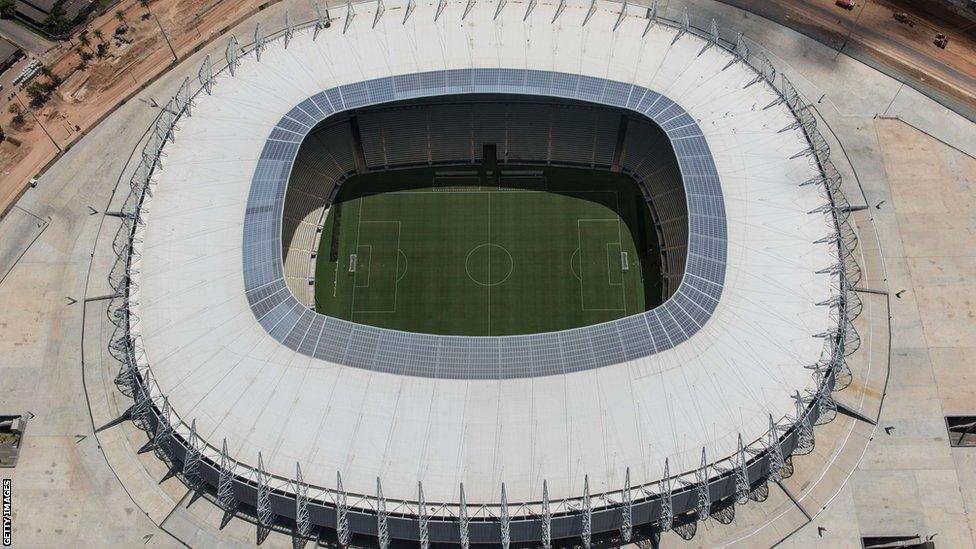
Estadio Castelao, Fortaleza - capacity: 64,800. Opened: 1973 (reopened after renovation in January 2013). Fixtures: 19 June: Brazil v Mexico, 23 June: Nigeria v Spain, 27 June: Semi-final 2 (1B v 2A). Altitude: sea level
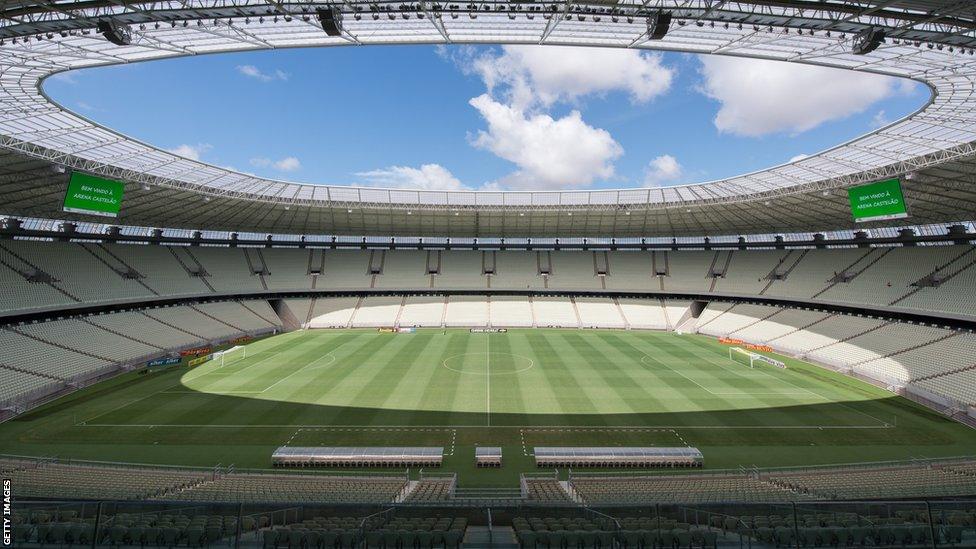
The city of Fortaleza sits on Brazil’s north-east coast, and is a popular tourist destination because of its beaches. Temperatures in June and July can exceed 30C, but the new Castelao aims to minimise the impact of the heat on players and spectators.
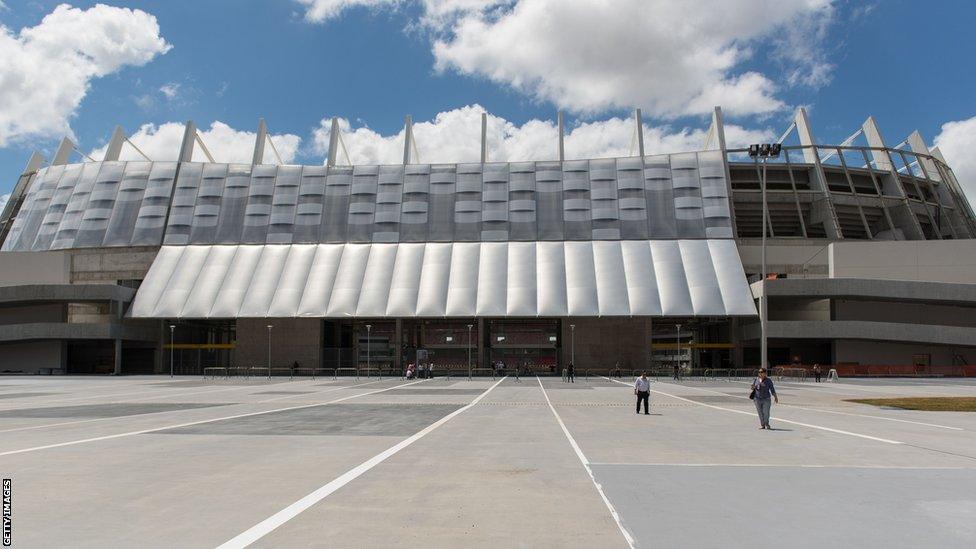
Arena Pernambuco, Recife - capacity: 46,000. Opened: May 2013. Fixtures: 16 June: Spain v Uruguay, 19 June: Italy v Japan, 23 June: Uruguay v Tahiti. Altitude: sea level
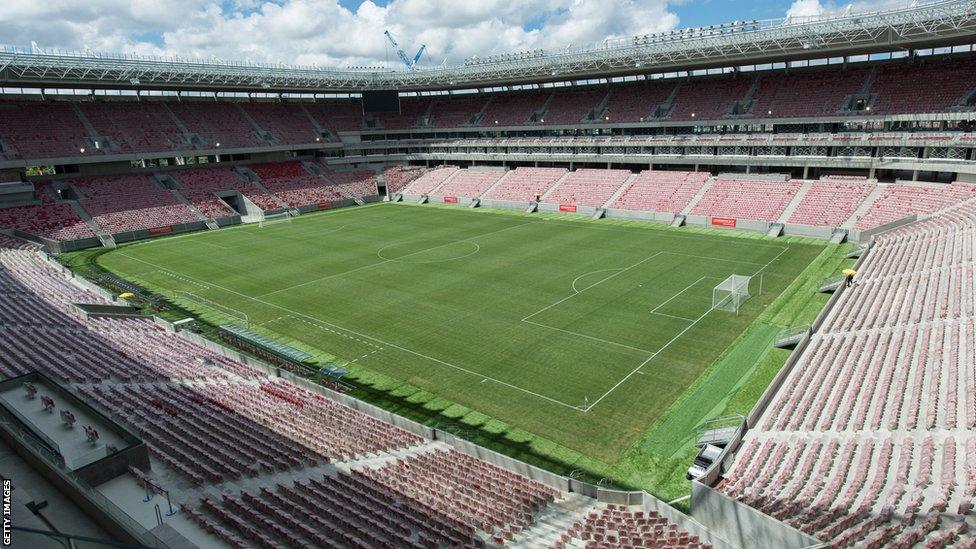
The brand new Pernambuco stadium was built in an economically deprived area on the outskirts of Recife, and will eventually form part of a leisure complex and residential development which it is hoped will act as a catalyst for local regeneration.
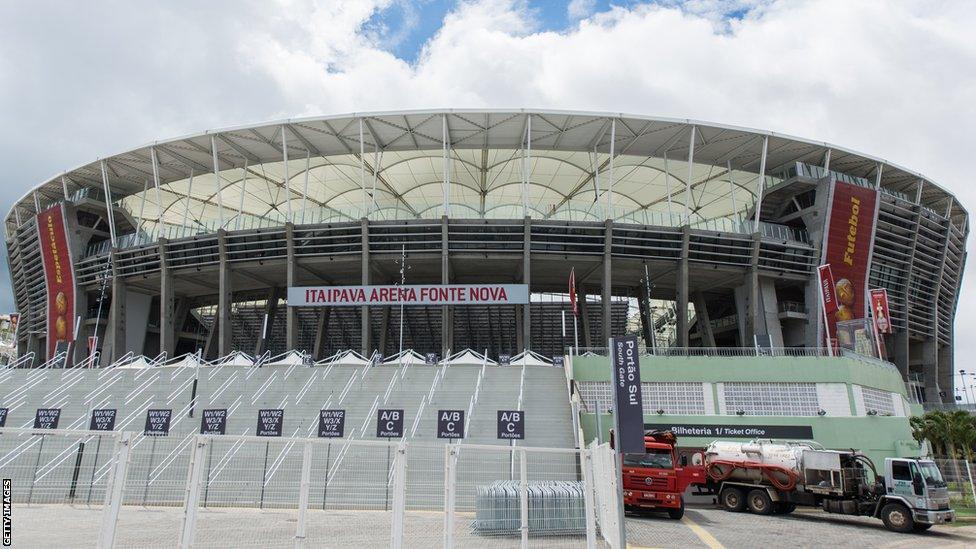
Arena Fonte Nova, Salvador - capacity: 55,000. Opened: 1951 (renovation completed April 2013). Fixtures: 20 June: Nigeria v Uruguay, 22 June: Italy v Brazil, 30 June: Third-place play-off. Altitude: sea level
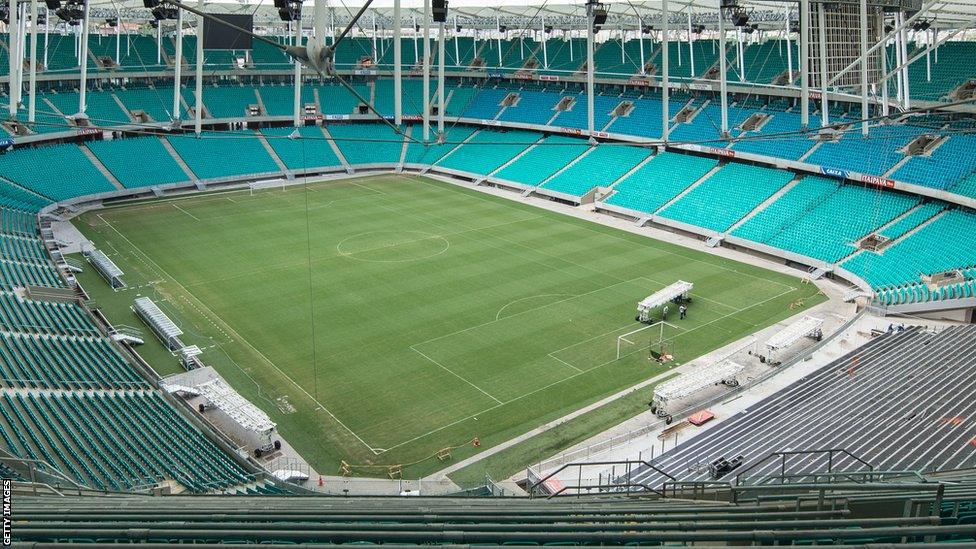
The Arena Fonte Nova rose from the rubble of its predecessor, with 92% of the debris from demolition used to construct the brand new venue. Salvador is the largest city on Brazil’s north-east coast. It boasts 50 miles of beaches, and is second only to Rio as Brazil’s biggest tourist destination.
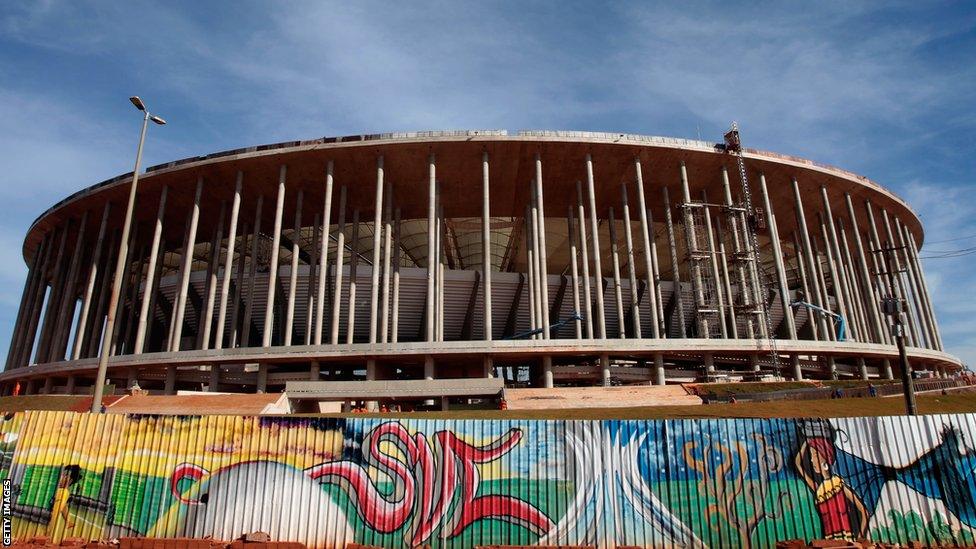
Estadio Nacional, Brasilia - capacity: 71,000. Opened: 1974 (reopened after renovation in May 2013). Fixture: 15 June: Brazil v Japan. Altitude: 1,172m (3,845ft)
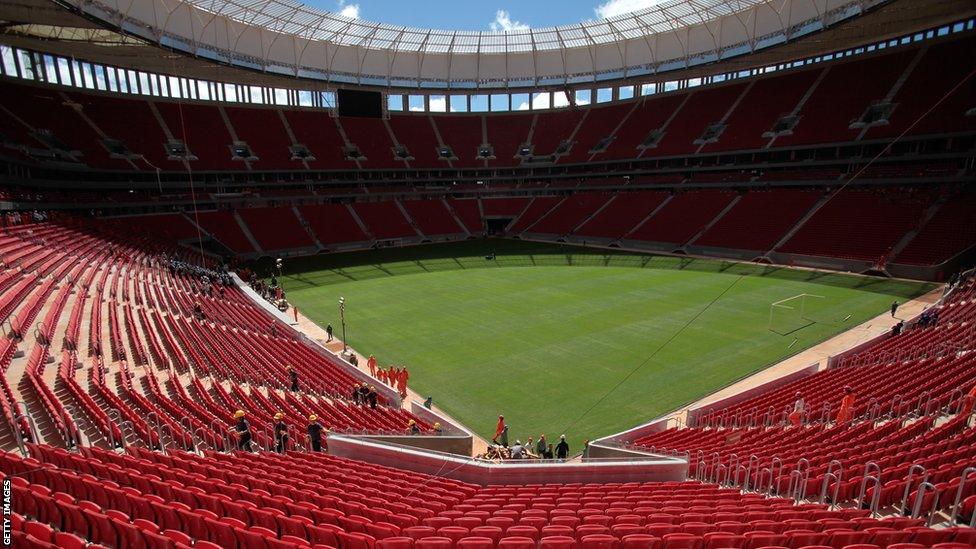
The Estadio Nacional has been virtually rebuilt from scratch, increasing in capacity by 25,000. Despite being barely a decade older than Milton Keynes, Brasilia’s use of modernist architecture has seen it declared a UNESCO world heritage site - the only city founded in the 20th century to hold that honour.
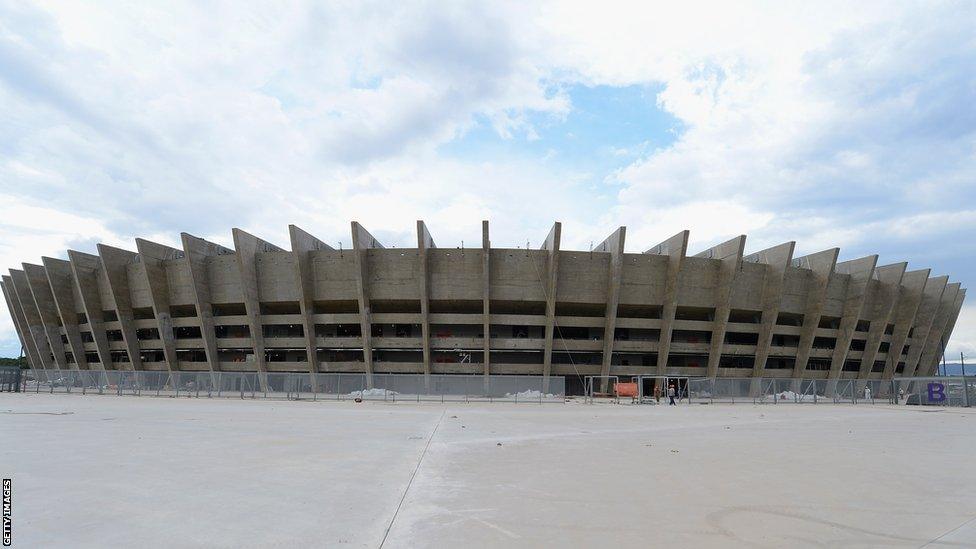
Estadio Mineirao, Belo Horizonte - capacity: 62,500. Opened: 1965 (reopened after renovation in February 2013). Fixtures: 17 June: Tahiti v Nigeria, 22 June: Japan v Mexico, 26 June: Semi-final 1 (1A v 2B). Altitude: 800m (2,624ft)
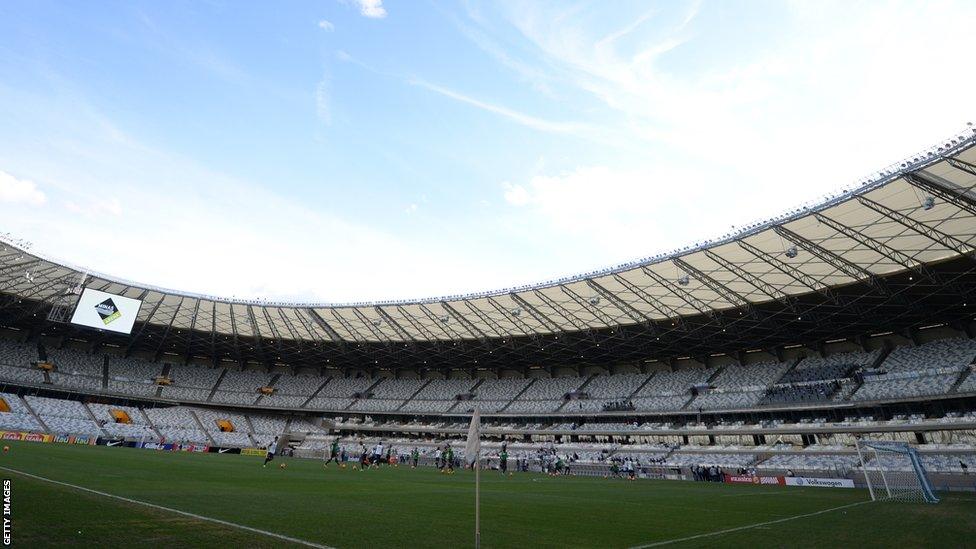
Belo Horizonte, which means beautiful horizon in Portuguese, was the scene of England’s infamous loss to the USA at the 1950 World Cup, although that match took place at the city’s Estadio Independencia. The stadium is owned by the state government.
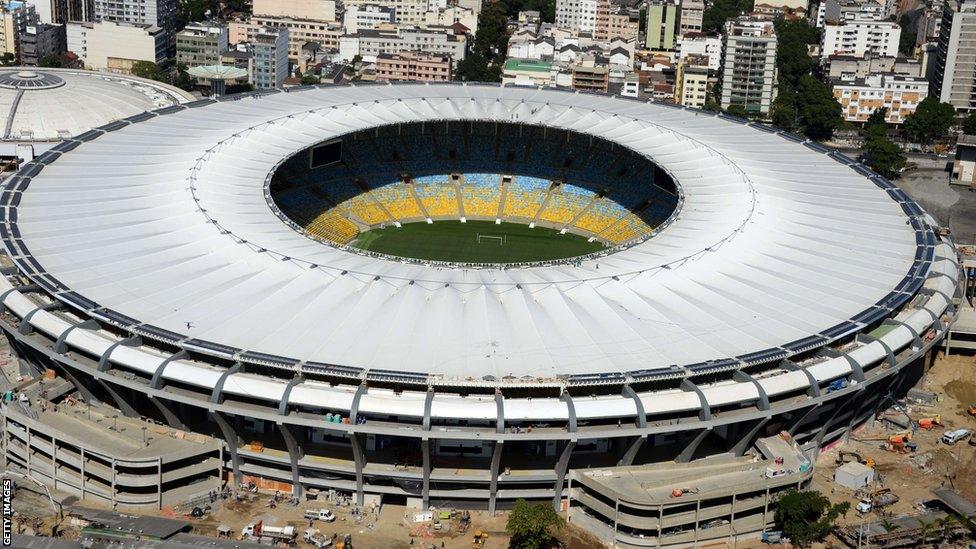
Estadio Do Maracana, Rio de Janeiro - capacity: 77,000. Opened: 1950 (reopened after renovation in June 2013). Fixtures: 16 June: Mexico v Italy, 20 June: Spain v Tahiti, 30 June: final. Altitude: Sea level
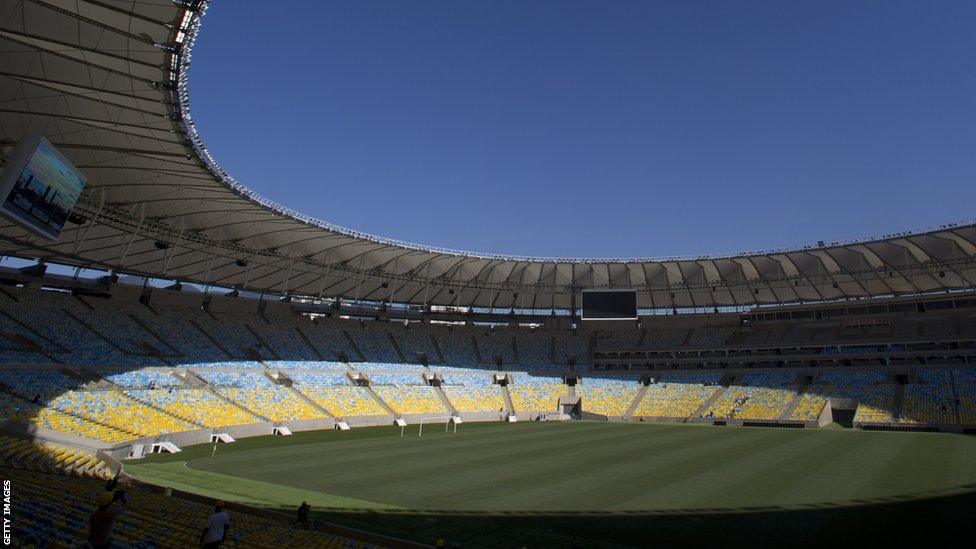
The Maracana - the name of a nearby river - was originally built for the 1950 World Cup, but was not officially finished until 1965. In 1992 a stand collapsed, killing three fans and injuring another 50, after which the stadium was converted to be all-seater.